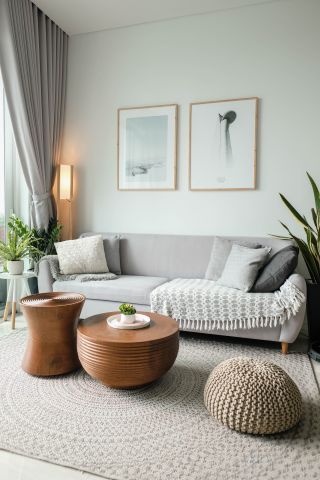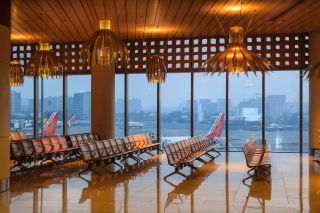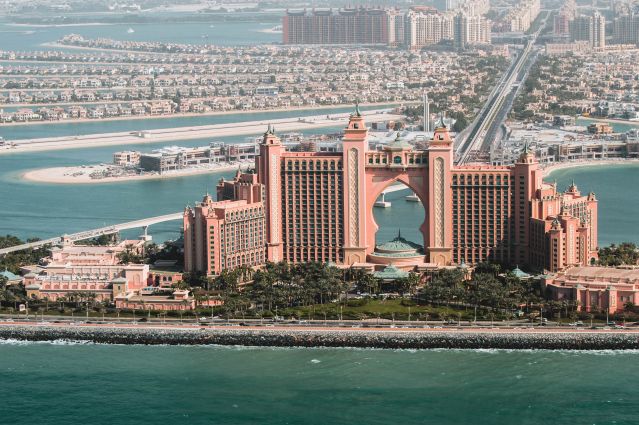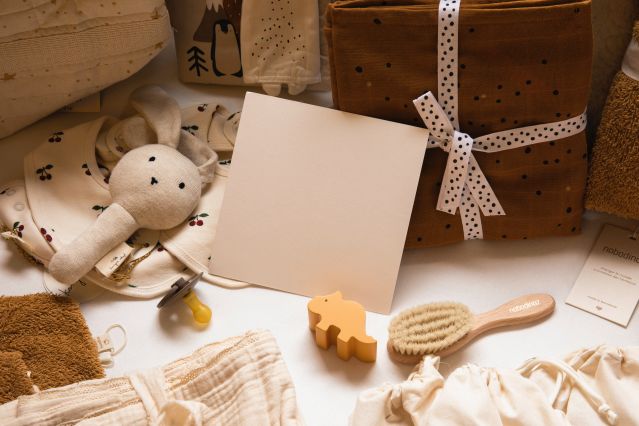Depression
Aesthetic Preferences and the Rise of Minimalism
Are aesthetic preferences across cultures becoming more or less similar?
Posted April 27, 2023 Reviewed by Jessica Schrader
Key points
- Aesthetic behavior is a universal phenomenon, but there are cultural differences in aesthetic preferences.
- People in modern spaces are showing a preference for the "minimal aesthetic" for home decor, fashion, and architecture.
- While many cultures are retaining elements of tradition, the minimal aesthetic is increasing in popularity across urban centres and peoples.
This post was written by Sarah Rezaei and Hansika Kapoor, Ph.D., from the Department of Psychology, Monk Prayogshala.
Palaeolithic rock art is one of the first specimens of humans creating art for art’s sake—when art is created strictly for aesthetic reasons. Our ancestors, barely clothed, painted rocks, decorated caves, embellished their weapons, and created ornaments, and when these artefacts were discovered, several hypotheses surfaced explaining the motivations behind these creations. In his book The Aesthetic Animal, Henrik Høgh-Olesen referred to humans as "aesthetic" beings: those with the innate impulse to adorn themselves, embellish their lives and surroundings, decorate their homes, and create art and music. We spend vast amounts of our time and effort engaging in aesthetic behaviour and this impulse, in one form or the other, is present in all cultures (Benton & DiYanni, 2012), regardless of time and space.
Cultural Differences in Aesthetic Preferences

Our aesthetic preferences find expression in different ways—the choices we make when it comes to picking furniture for our home, the paintings we enjoy looking at, the clothes we choose to wear, the songs we listen to, or the books we read. However, such aesthetic preferences do not seem to be universal. After all, beauty lies in the eye of the beholder, and culture can mediate these tastes. One study found differences in aesthetic appreciation between Europeans and Chinese participants, not only at the behavioral level but also when examining their neural responses. Although this paper used visual artwork (landscape paintings) to assess aesthetic judgments, it is equally likely for such preferences to differ for other creative products across cultures (e.g., music, poetry).
Another notable difference between cultures is in the aesthetic appeal of color. As compared to the West (think muted IKEA palettes of beige, white, and gray), Eastern cultures often use vivid and vibrant colors more regularly. This difference in color palettes transcends physical space, with color choices forming an integral part of fashion, home decor, festivals, and the like. Color preferences for interiors vary by culture, as do the meanings attributed to colors. For instance, white, traditionally worn at weddings by brides in the West, is associated with mourning in Eastern cultures.
The Rise of Minimalist Aesthetic
Although these cultural differences continue to exist in aesthetic preferences, more recently, modern urban spaces in countries across the globe are being largely influenced by the aesthetic preferences of the West. Take for example architectural preferences. With the advancement in technology and engineering that first started in the West, buildings were constructed with mainly one focus: enhancing their utilitarian measures. This led to buildings being taller, sturdier, and with better safety measures. Twentieth-century architecture, especially in urban spaces across the world, is a prime example of this rather curious shift in the architectural practice of the modern world as a result of its influence from the West—where the focus moved from ornamentation and human scaling to optimizing the mechanistic aspects of the built environment. Less emphasis is given to the aesthetic dimension of the built environment and more toward its utilitarian measures, which has now led to most urban built spaces around the world to look more or less the same; reflecting an aesthetic ideal that epitomises a minimalistic, reductive, and functionalist design.

This is not to say, however, that minimalist architecture is the norm in countries of the Global South. For example, modern Indian or Arabic architecture may often incorporate traditional architectural motifs in their design. Atlantis The Palm in Dubai, for example, with its Moorish archways, palm-shaped pillars, and accents of traditional Middle Eastern architecture, is a prime example of how modern built environments can fulfill utilitarian purposes and appeal to aesthetic sensibilities. Similarly, Mumbai’s Chhatrapati Shivaji International Airport with its lotus flower-like chandeliers and traditional mirror mosaic work, or even the city’s newly launched Apple Store with its theme inspired by the local Kaali-Peeli (Mumbai’s local black and yellow taxis) taxi art, show how many modern built spaces are not entirely influenced by the minimalistic design norm of the West.

Speaking of minimalism, the “minimalist aesthetic” that currently has many Pinterest users in a chokehold also reflects the aesthetic preference of the West. While minimalism is generally expressed through simple and sparse consumption, it is also seen in individuals’ preferences for a monochromatic palette. A simple Google or Pinterest search of “minimalist home interiors” or “minimalist fashion” leads to images of items that mostly follow a monochromatic or neutral colour palette. An unpublished data set circulating the internet claims how color is slowly disappearing from the world and how day-to-day objects are becoming grayer. This is not entirely unfathomable when we see people’s growing interest in neutrals. The Sad Beige trend—a term coined by TikTok user Hayley DeRoche—highlights this attraction toward ultra-minimal and neutral designs and colour palettes. DeRoche has named her TikTok account That Sad Beige Lady, where she posts humorous videos mocking this trend and how many moms have taken a liking toward swapping the usual pastel and colourful palettes of baby items with beige and other neutral colours. DeRoche explains how it is likely that because this aesthetic is associated with expensive brands and brands that are eco-friendly, it can signify class and affirm parenting choices. The Sad Beige trend may not necessarily be confined to baby clothes and toys but also home interiors and adult clothing choices. In India, many brides are picking neutral colours over the traditional bright red for their wedding lehengas and sarees, possibly being influenced by the likes of Indian celebrities like Alia Bhatt and Kiara Advani, who ditched the red and opted for ivory and pastel pink shades for their big day.

What does a preference for minimal aesthetics imply? Does it mean that cultural products are losing their uniqueness, or that individuals want to socially signal higher and refined taste through minimal choices? Is this an indication of sustainable and mindful consumption or just a trend that will dissipate over time? Regardless of the reasons, this aesthetic seems to be increasing in popularity across urban centres and peoples. How this may affect individuals’ aesthetic preferences across cultures in the long run is still unknown.
References
Benton, J. R., & DiYanni, R. (2012). Arts and Culture: An Introduction to the Humanities : Combined Volume. Pearson.
Høgh-Olesen, H. (2018). The Aesthetic Animal. In Oxford University Press eBooks. Oxford University Press. https://doi.org/10.1093/oso/9780190927929.001.0001
Lee, A. (2023, March 31). The Sad Beige Debate Proves There's No Right Way to Parent. Parents. https://www.parents.com/the-sad-beige-debate-7108358


